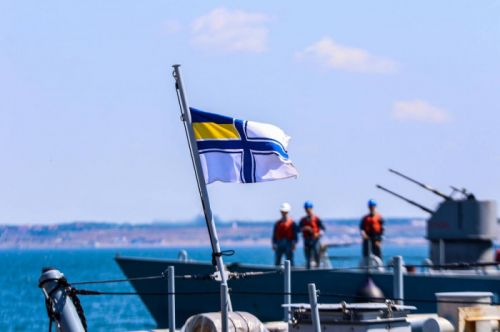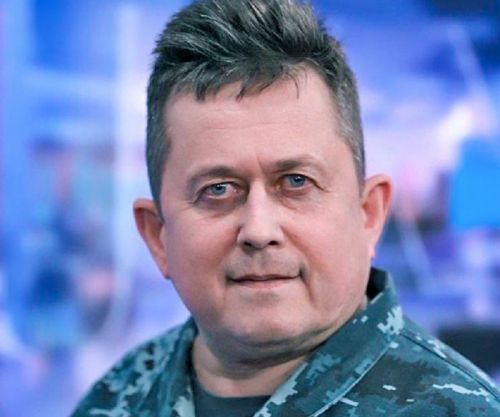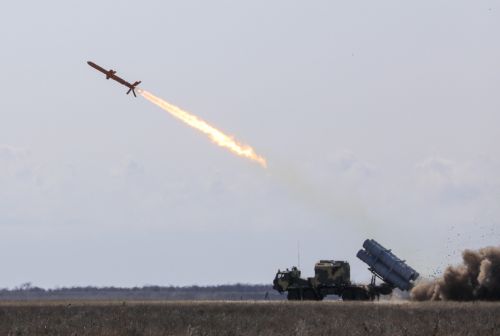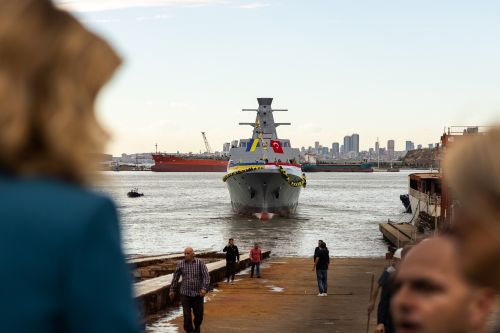After Russia withdrew from the Black Sea grain deal, Ukraine said it would look for opportunities to restore shipping in the Black Sea and continue the operation of the Black Sea maritime humanitarian corridor to Ukrainian ports. In response, Russia attacked port facilities in Odesa and Chornomorsk and announced that all ships heading to Ukrainian ports would be considered potential carriers of military cargo.
Although Ukraine’s leadership is still appealing to the theme of the grain corridor, it is clear that this format, which was appropriate a year ago, has now outlived its usefulness. Ukraine needs its seaports to resume full-fledged operations with the ability to export the entire range of cargo by sea to keep its economy functioning during wartime.
Therefore, the number one issue today is a new architecture for protecting ports and maritime trading routes. The CFTS portal is launching a series of conversations with experts and politicians on the possible military and political levers for upholding freedom of navigation in the Black Sea.
Air defense systems, a mosquito fleet, and aircraft will give Ukraine the strength to resist the enemy. Andrii Ryzhenko, a captain in the Ukrainian Navy Reserve, a strategic expert at the Sonata company, the Ukrainian Navy’s former deputy chief of staff for Euro-Atlantic integration, and an aide to Ukraine’s minister of defense, discusses the types of ships that can protect Ukraine’s coastal zone and ensure the safety of shipping in the region.
The extended grain deal expired on 17 July 2023 and Russia refused to extend it further. In response to Ukraine’s statements that the grain deal would continue without Russia’s participation, Russia attacked Ukraine’s ports and threatened to attack all ships sailing to Ukrainian ports. Is this a warning, a bluff, or a genuine threat?
Ukraine currently controls only 20% of its sea coast—from the Danube Delta to the Dnipro Delta. However, even in this area, shipping safety was based on the grain deal. It is known that the Russians attacked ships before the grain deal was signed (especially intensively at the beginning of the full-scale invasion), and it is very likely that they will do the same again. They have ships, aircraft, and submarines. For them, this is a way of demonstrating their strength so that they can be reckoned with, dictating their terms, and putting pressure on Ukraine. They attacked port infrastructure after our top political leadership stated that the grain corridor would continue without Russia. If we simply turn a blind eye to this and do nothing, the consequences will be very bad.
What options do we have to protect ports and shipping?
First, we need a coastal air defense system. We have a few such systems, but we need more. Then, we will be able to protect the coast this way, at least within our territorial waters, i.e., 12 miles.
Second, we need mine-clearing equipment because there is currently a clearly defined corridor that has been de-mined, but much more of the water body will need to be cleared of mine.
Third, we need a mosquito fleet. This is made up of missile boats and unmanned systems that will help protect the Near Sea Zone (40–100 miles). This is the basis for ensuring the safety of navigation at sea, in ports, and in the northwestern part of the Black Sea.
Fourth, we need aircraft, which will provide additional protection to our ships and vessels from the sky. This is necessary because the enemy now dominates the sea and air. All these forces and means are the minimum set of capabilities needed to uphold the safety of navigation and control the maritime humanitarian corridor.
The launch of a Neptune anti-ship missile
In this case, will ships heading to Russian ports theoretically face the same threat as those heading to Ukrainian ports? In other words, will Ukraine be able to pose mirror threats to Russian shipping to offset the Russian blockade of Ukrainian ports?
Of course, but we simply do not have the means to project power at the moment. As soon as we received coastal missile systems, the Russians immediately removed their ships from the northwestern part of the Black Sea. They are now off the Crimean Peninsula or near Novorossiysk, from where they periodically fire Kalibr missiles at Ukraine. To fight them, we need missile boats. They are small, maneuverable, and difficult for the enemy to detect. However, they have powerful anti-ship missiles on board.
Could our Western partners provide some form of support to guarantee the safety of navigation?
In my opinion, a special NATO humanitarian operation in the Black Sea would be ideal. A special agreement between NATO and Turkey to allow the presence of NATO forces in the Black Sea (a so-called SOFA or Status of Force Agreement), which would allow NATO countries to send their surface forces to the Black Sea to stabilize the situation there; an agreement to suspend the Montreux Convention (under the Convention, warships are prohibited from entering the Black Sea in during a war to support one of the participants in the war and remain in the Black Sea for more than 21 days) for the duration of the NATO operation in the Black Sea. This would be absolutely normal because Turkey is a NATO member. The negative consequences of the end of the grain deal will be borne primarily by NATO and the EU (waves of migration and the need for humanitarian missions to help poor countries).
A special NATO humanitarian operation in the Black Sea would be ideal.
You mentioned a mosquito fleet as one of the security components. Does this doctrine remain relevant in today's environment?
Back in 2019, we developed a strategy for the development of the Ukrainian Navy, the first phase of which involved the acquisition of a mosquito fleet. The strategy was designed for five years. The cost was up to USD 3 billion (including boats, bases, weapons, and technical equipment). We had agreements with our partners, under which we were to receive up to 30 multifunctional boats by 2024. However, projects began to be pushed through that wasted resources and time and essentially slowed down the development of the surface forces. As a result, no patrol, missile, or amphibious boats (Island, Mark VI, and P-50U), which would be very useful now, were delivered.
Drones, which are essentially boats of 9–10 meters in length, can perform some tasks. They are unmanned. We set tasks for them: they can search for mines or guard facilities. They can even be equipped with weapons. However, first and foremost, we need a surface fleet: missile boats; boats that can land troops or special forces and support operations from the sea.
One of the Island-class boats that Ukraine received
What will be the fate of the corvettes currently under construction in Turkey?
The project should be postponed, and resources should not be wasted on it. The first thing we need to do at sea now is close the Near Sea Zone and only then think about larger ships, which operate mainly in the open sea. Both a corvette and a missile boat carry eight anti-ship missiles. The difference is that the corvette can carry them for a longer distance, to areas far from the coast. This needs to be done, but such ships cost much more, and we first need to ensure their safe anchorage in a port and deployment to areas of operations on the high seas. The enemy will hunt for the corvette as its main naval target.
I think the corvette will remain there (in Turkey) until the end of the war. Turkey will not release it into the Black Sea because of the requirements of the Montreux Convention. If we somehow manage to launch it and send it to escort commercial vessels, it will be the first to be destroyed. The enemy has the strength to do so. Besides, the corvette needs a base. We cannot base it in Ochakiv because everything there is under attack. The same applies to Odesa.
The Hetman Sahaidachnyi frigate was sunk at the very beginning of the war. Will it be restored?
I read that it was sunk because there was a threat of it being captured. It is now in Mykolaiv and there is no point in raising it because raising it will cost more than building a new one. It was essentially built as a patrol ship for the ocean zone, but we currently have no such tasks, and it does not have all the necessary weapons for war.
What are the current possibilities for supplying the vessels we need?
The plan was to bring the first ships ready-made from abroad and later begin building our own. I do not know how possible this is in today's realities. Some shipyards, particularly in Mykolaiv, have been badly damaged. Some of them had pro-Russian owners who destroyed the shipbuilding industry year after year. Most likely, we will consider creating conditions for maximum cooperation between Western and Ukrainian shipbuilding businesses after the war.






